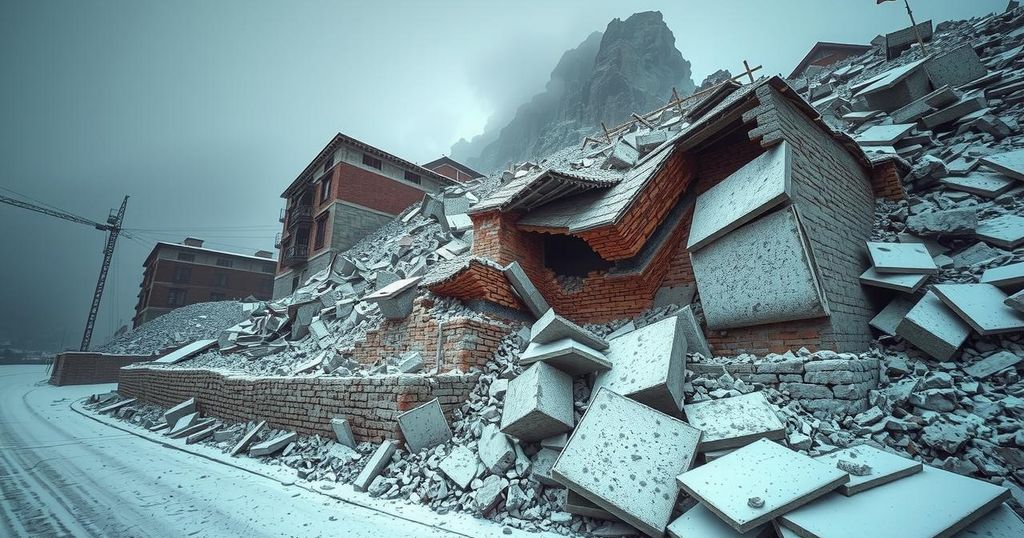A powerful earthquake of magnitude 7.1 struck Tibet on January 7, claiming the lives of at least 95 individuals and damaging over 1,000 homes. Tremors were felt in neighboring Nepal and India, with around 50 aftershocks occurring subsequently.
On January 7, a seismic event of considerable magnitude struck Tibet, resulting in the tragic loss of at least 95 lives. The earthquake, which occurred at 09:05 local time in Dhingri district adjacent to the Nepalese border, was felt in Kathmandu, the capital of Nepal, as well as in parts of India. The United States Geological Survey recorded the quake at a magnitude of 7.1, while Chinese authorities reported it as 6.8. The tremor caused significant structural damage, affecting over 1,000 homes, and subsequent aftershocks, numbering around 50, were documented in the hours that followed.
Earthquakes are a natural phenomenon that occur due to the shifting of tectonic plates within the Earth’s crust. Regions situated along fault lines are particularly prone to such seismic activities. Tibet, located in a seismically active zone due to its proximity to the Himalayan mountain range and the convergence of multiple tectonic plates, has experienced several earthquakes in the past. This recent quake not only highlights the geological volatility of the region but also emphasizes the humanitarian crises often following such natural disasters, including loss of life and destruction of property.
In summary, the earthquake that struck Tibet on January 7 has had devastating consequences, with a significant number of fatalities and extensive damage to infrastructure reported. The event underscores the ongoing risks facing areas in seismically active regions and the importance of preparedness for such natural disasters. The continued monitoring of aftershocks is crucial as the affected communities begin to assess damages and seek aid.
Original Source: babel.ua






